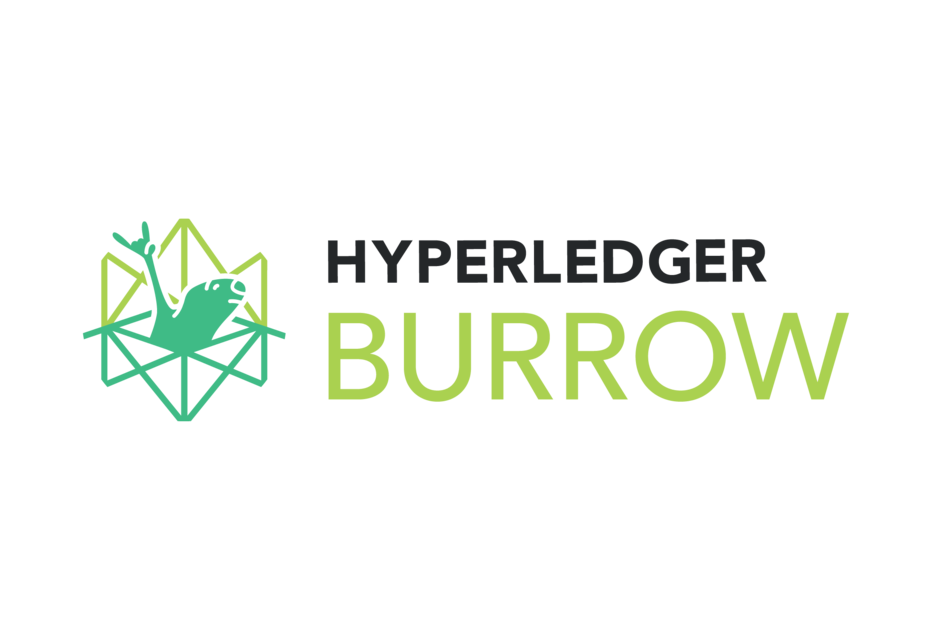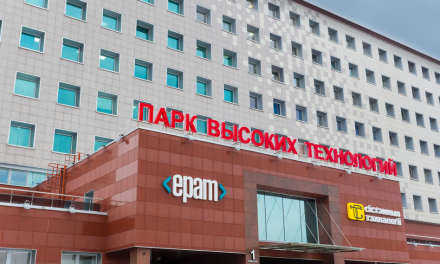Hyperledger was announced by The Linux Foundation in the latter part of 2015. It was made up of a collection of entities with the ultimate intention to jointly develop solutions. On its website, the Hyperledger team provides the following description:
“Hyperledger is an open-source collaborative effort created to advance cross-industry blockchain technologies. It is a global collaboration, hosted by The Linux Foundation, including leaders in finance, banking, Internet of Things, supply chains, manufacturing, and technology.”
Hyperledger allows people from all over the globe to access the platform’s open-source code, in order to push the advancement of the new technology as a whole. It is currently comprised of over a hundred members, with such notable names as IBM, American Express, Accenture, SAP, Intel, Huawei, and many more.
Hyperledger is currently working on six different framework projects dedicated to blockchain technology, namely:
This article will focus on Hyperledger Burrow, when and why it was created, its relation to smart contracts, and its ultimate goal. However, in order to understand Hyperledger Burrow, it is important to have an understanding of smart contracts first.
What Is a Smart Contract?
First coined by Nick Szabo in 1994, smart contracts automate transactions on a blockchain. They work according to the ‘if this then that’ formula. A simple analogy would be the operation of a vending machine.
How do vending machines work? A consumer places money into the machine, then the machine dispenses the specific item chosen by the consumer. So, following the ‘if this then that’ formula, if a consumer places money into a vending machine and chooses their desired item (if this), then the machine dispenses the item the consumer chose (then that).
On a deeper level, this technology can be used for many types of transactions. Say, someone is trying to rent an apartment. Both a tenant and a landlord develop a smart contract which outlines the following: the first portion of the rent must be paid within ten days. Upon payment, the landlord must provide the tenant with a key code to access the apartment within five days.
So, let’s say the tenant provides the first portion of payment within the ten-day limit, but the landlord forgets or refuses to provide the key code. Then the funds in the smart contract are automatically returned to the tenant after the landlord has failed to provide the key code.
In an even simpler version of this example, let’s say the key code is already written into a smart contract so that it will be given to the tenant upon payment. So, the tenant provides payment within the appropriated time, the smart contract would then automatically send the key code to the tenant, giving access to the building.
The technology can be applied to buying homes, cars, or any other objects or services. The idea is to cut out reliance on a third party, such as a bank, while enabling a range of benefits:
- Since blockchains rely on distributed ledgers, they are updated automatically once smart contracts are carried out.
- With a lack of paperwork and the necessity to deal with a third party, they also provide a much speedier process.
- Using cryptography, smart contracts provide a stronger sense of security as the data on a blockchain is encrypted.
- As information is logged onto the distributed ledger, it also holds members of the blockchain to a higher level of accountability. Say, the landlord insists he/she has not received the payment. Well, then the tenant simple views the ledger to confirm whether or not this is true.
Paired with the Internet of Things (IoT), smart contracts have the ability to revolutionize not only the financial industry, but others as well, including healthcare, government, logistics, and supply chain management. So how does Hyperledger Burrow come into play?
Inside Hyperledger Burrow
Originally designed by Monax, Hyperledger Burrow was adopted and released by The Linux Foundation in December 2015 in order to provide an elaborate smart contract library. According to Openledger, it is “the first of its kind” and “provides a modular blockchain client with permissioned smart contract interpreter built in.”
Hyperledger Burrow is broken down into five distinct features.
Consensus Engine
The main role of the consensus engine is to prevent the Hyperledger blockchain from forking. It uses the Byzantine-fault-tolerant Tendermint protocol to conduct and finalize transactions. This Byzantine protocol is a type of a consensus mechanism similar to Ethereum’s Proof-of-Work (PoW) protocol but more secure thanks to the usage of Proof-of-Stake (PoS) consensus mechanism.
Application Blockchain Interface (ABCI)
ABCI is the platform through which Burrow-based smart contracts, or chaincodes, operate in conjunction with Hyperledger’s consensus mechanisms without any special adaption code necessary.
Smart Contract Applications
Smart contract applications, or chaincodes, in Hyperledger Burrow work under permissioned guidelines. This means that transactions that are conducted through a smart contract code correspond to a public and private key pair and are executed in a permissioned virtual machine. The smart contracts of Hyperledger Burrow are adaptable across networks.
Permissioned Ethereum Virtual Machine
Quite possibly the most important component of Hyperledger Burrow, the Permissioned Ethereum Virtual Machine, is able to identify code originally written in the Ethereum blockchain then translate it to work with Hyperledger Burrow.
As smart contracts on the Ethereum blockchain tend to function off of cryptocurrencies, Hyperledger Burrow distributes a set amount of “gas” needed for these smart contracts to function. As Hyperledger states, “You don’t need money to play when you have permission to play.”
Application Binary Interface (ABI)
The Application Binary Interface translates Solidity smart contracts, a product of the Ethereum blockchain, into binary code which Hyperledger Burrow utilizes to carry out smart contracts.
You may also like:
➔ Hyperledger Fabric: A Blockchain for Like-minded Organizations
Introducing Hyperledger Fabric: a platform for building permissioned blockchains with custom levels of restriction.
Hyperledger Burrow: Events and Training
Currently, The Linux Foundation and its partners host many Hyperledger events throughout the year. They often feature a group of industry leaders currently utilizing Hyperledger technology. Although most events cover all the aspects of Hyperledger, from Fabric to Indy, they often have many sections purely dedicated to Hyperledger Burrow.
Hyperledger Global Forum
In December 2018 Hyperledger conducted the first Hyperledger Global Forum, a four-day event dedicated to all things Hyperledger. At the forum, multiple keynotes were given discussing the Hyperledger blockchain and its potential effects for the future.
Also included were various keynotes specifically focused on Hyperledger Burrow, including a Burrow Workshop ran by Casey Kuhlman and Silas Davis of Monax, in addition to a bunch of others given by notable users of the Hyperledger Burrow technology. Silas Davis is the maintainer of Hyperledger Burrow, so a workshop with him would be similar to a Windows workshop with Bill Gates.
At the moment, there is no word as to whether The Linux Foundation will be conducting another forum next year, but considering how successful the first one was, it can be assumed that another will be held in December 2019.
Hyperledger Training

Hyperledger offers a range of resources for all Hyperledger projects on its website. Two free resources revolve primarily around the importance of blockchain, its eventual impact on the society, and how to build a blockchain of your own.
It also partners with many blockchain industry leaders to create more specific courses in collaboration with them. Their courses typically feature presentations, webinars, videos, sample codes, which allows for self-paced training paired with contacting competent instructors.
Hyperledger also organizes their own bootcamps aimed to inform both amateur and veteran users about the various aspects of Hyperledger Burrow.
The Future Prospects of Hyperledger Burrow
Hyperledger Burrow is the backbone of smart contracts on the open-source Hyperledger blockchain. It makes the blockchain functional, adaptable, and scalable. Hyperledger Burrow is just one of the many aspects of the Hyperledger blockchain that will continue to be developed further until its mainstream adoption.
Soon, companies will be able to quickly and efficiently implement smart contracts into their systems, share them, and find the most suitable smart contract coding for what they are attempting to perform.
Although still in its incubation stage, Hyperledger Burrow will make back-office business operations a breeze once the systems are integrated into current networks. This can be the next step to promote better business practices, hold accountability, and increase transparency throughout any industry.






Blockchain Insights
Join our mailing list to receive OpenLedger Insights publications weekly.
Thanks! Please check your inbox to verify your email address.
By clicking “Subscribe”, you’re accepting to receive newsletter emails from OpenLedger Insights every week. You can easily update your email or unsubscribe from our mailing list at any time. You can find more details in our Privacy Policy.